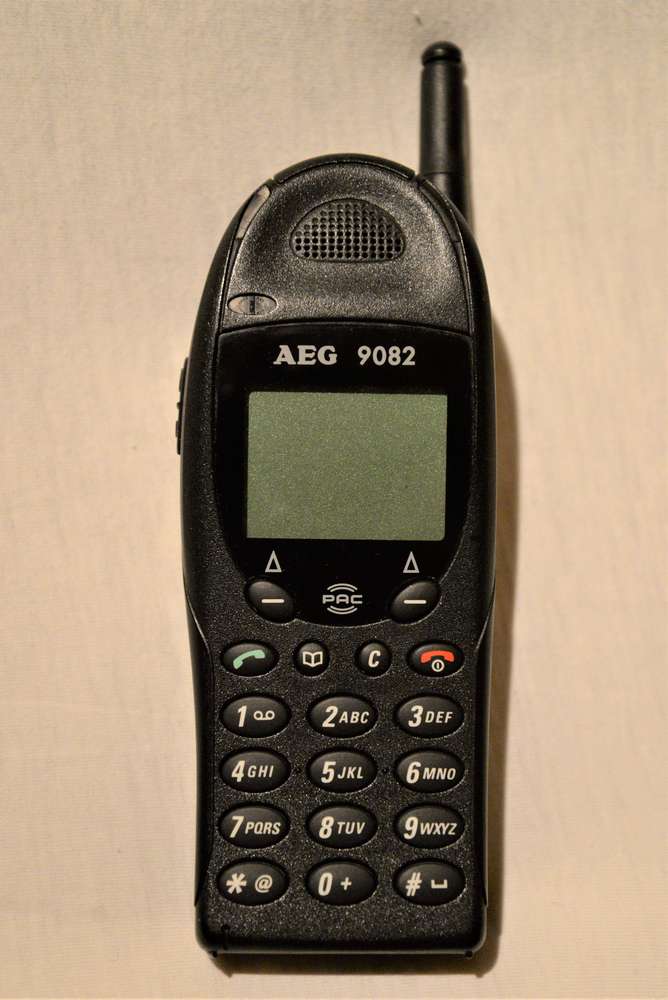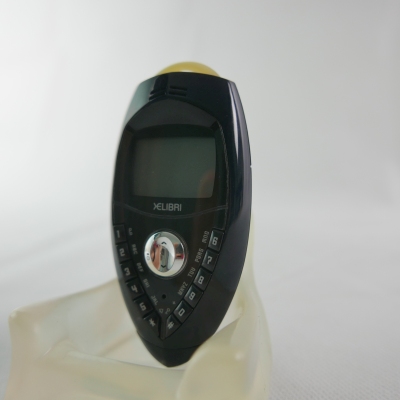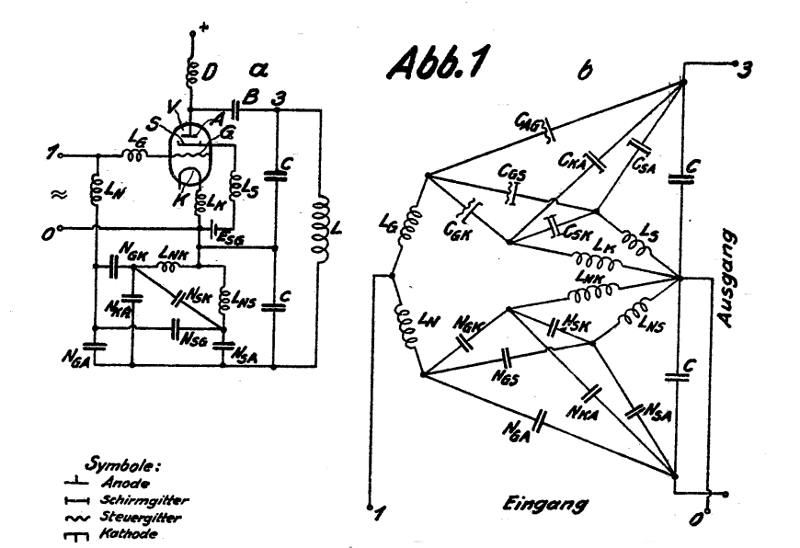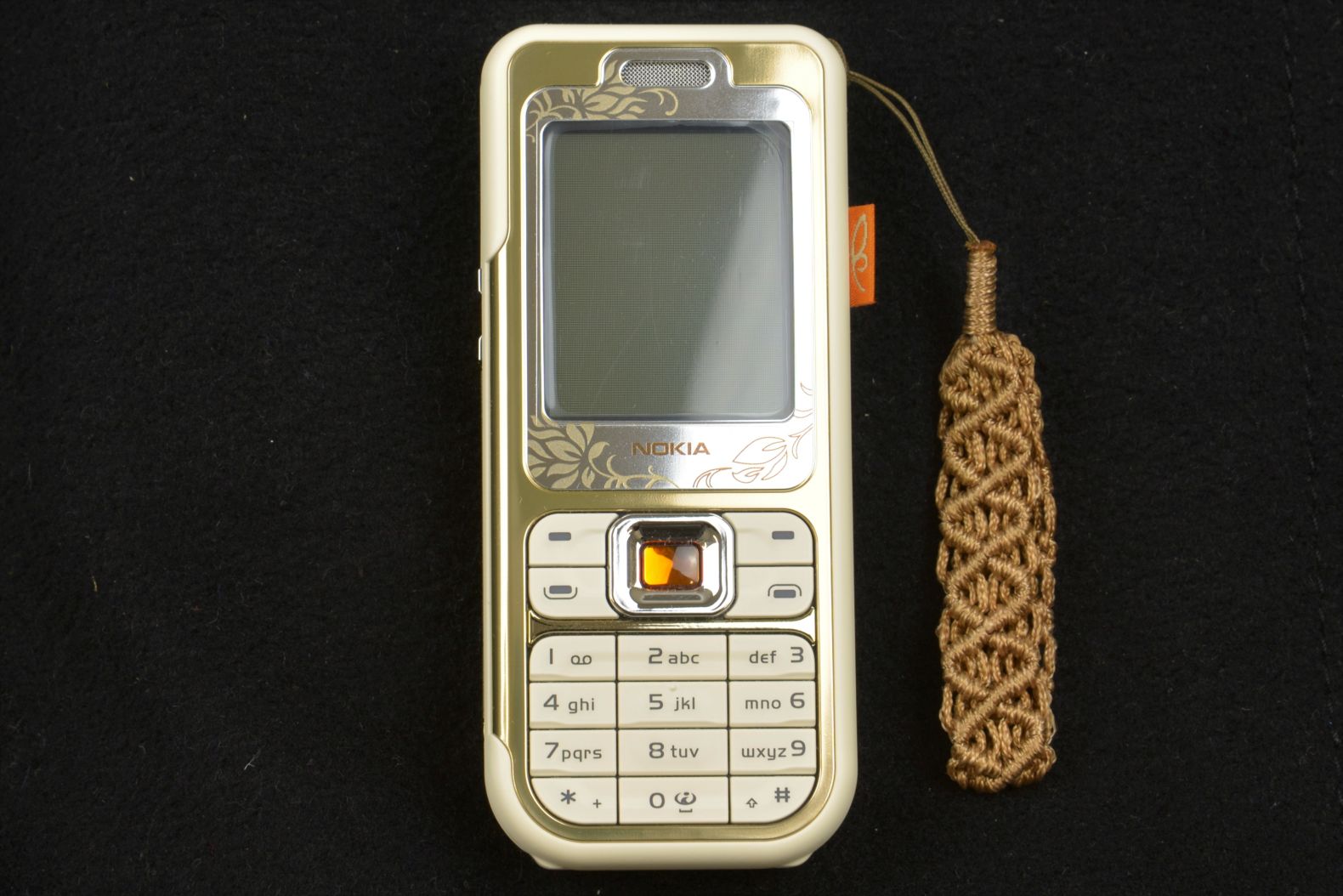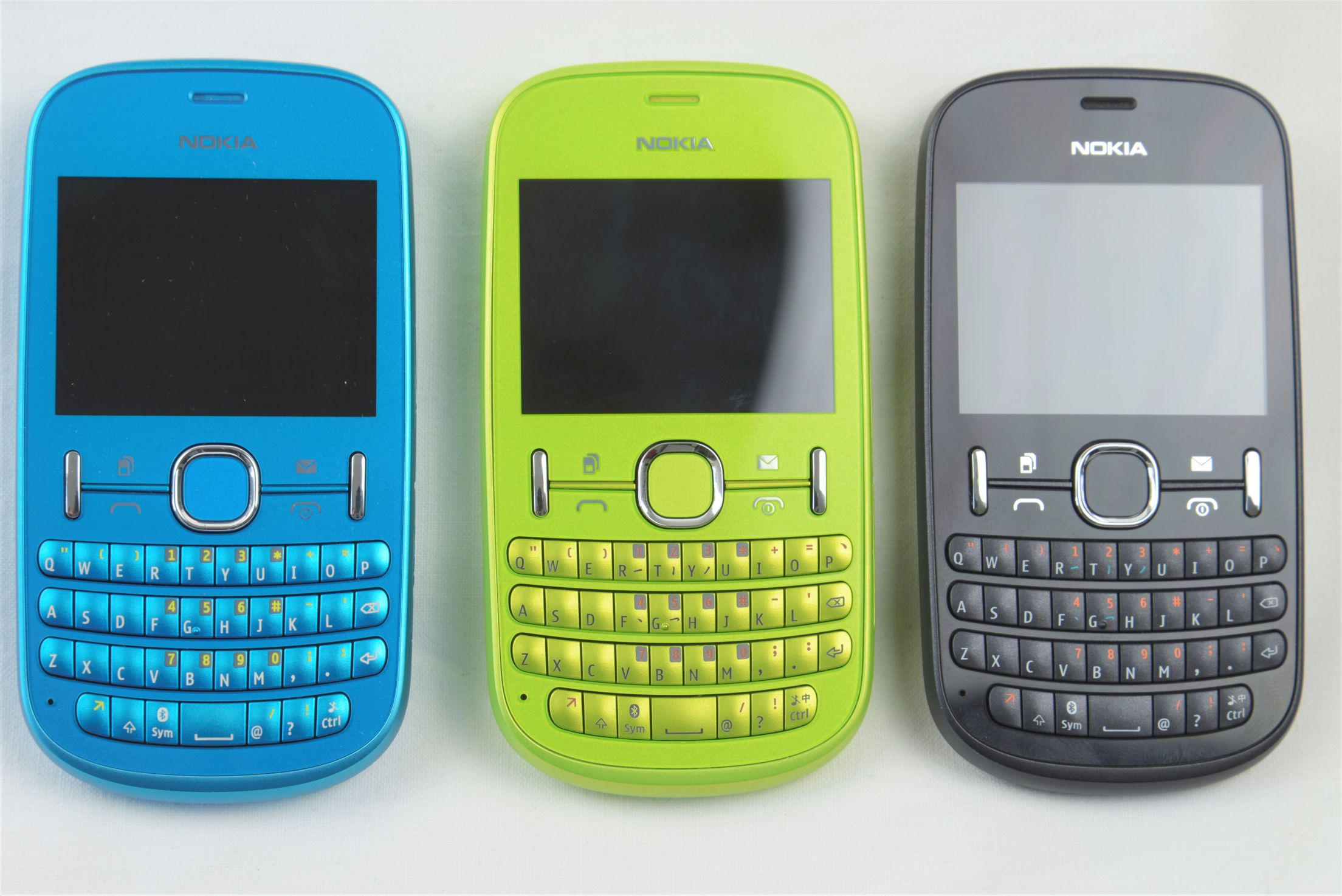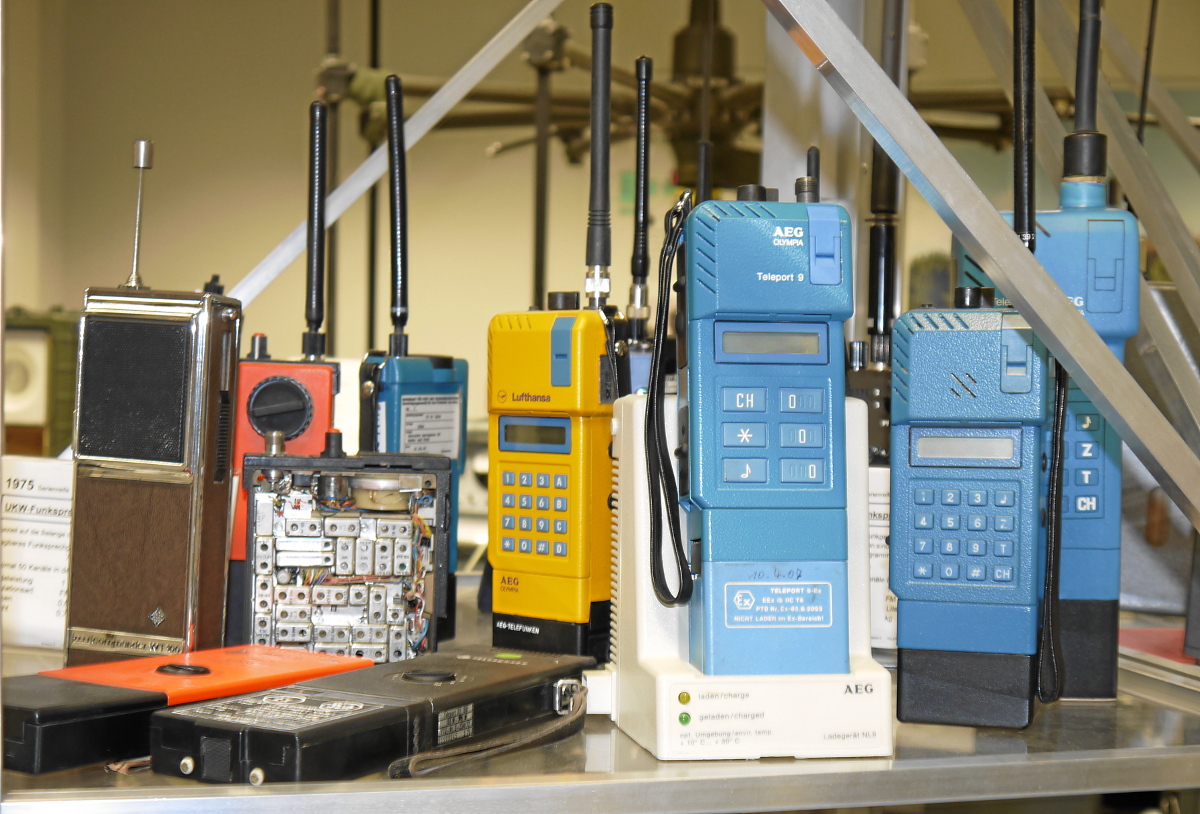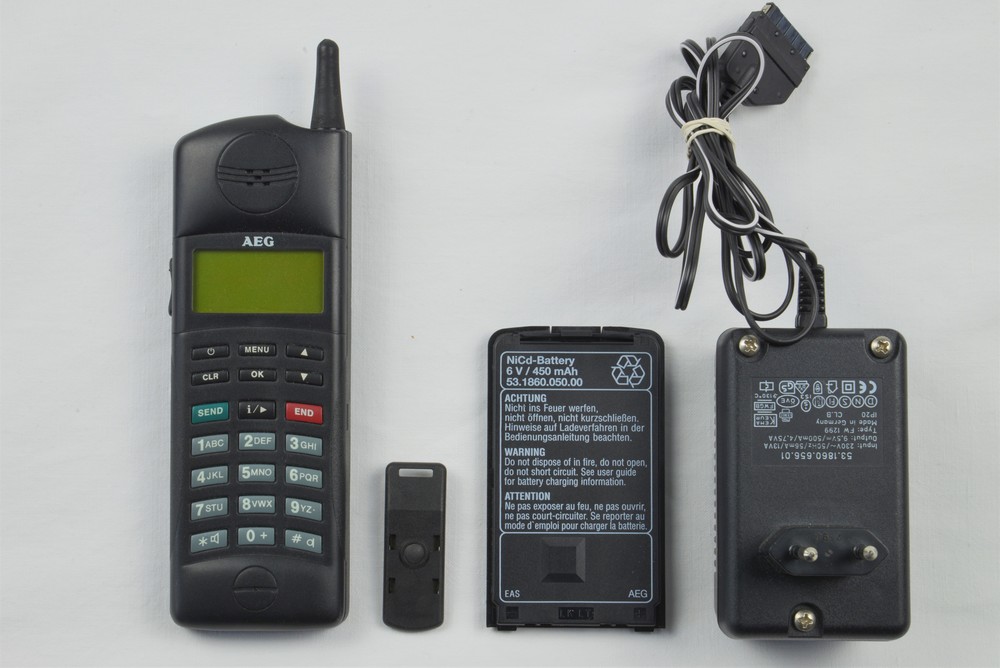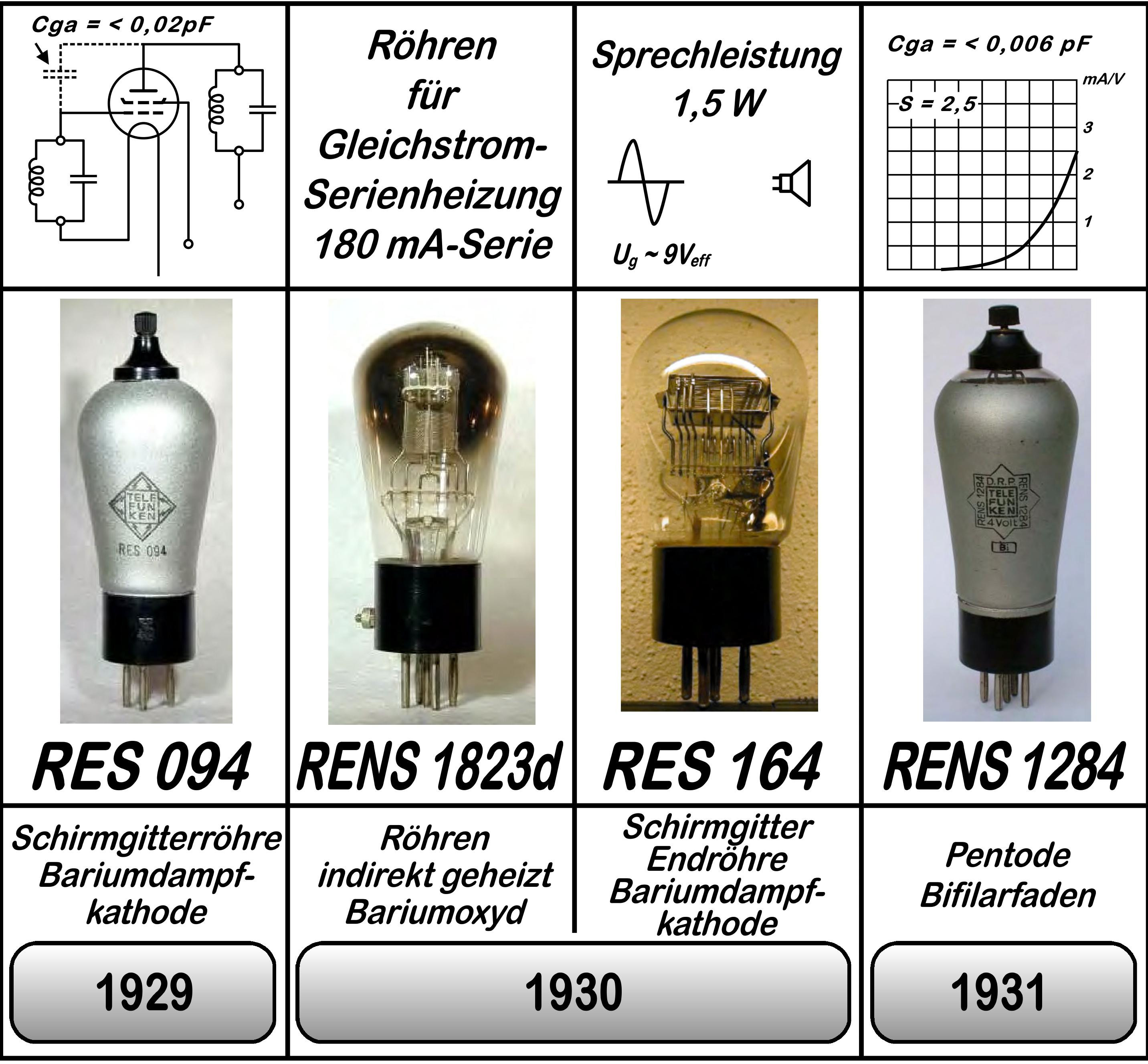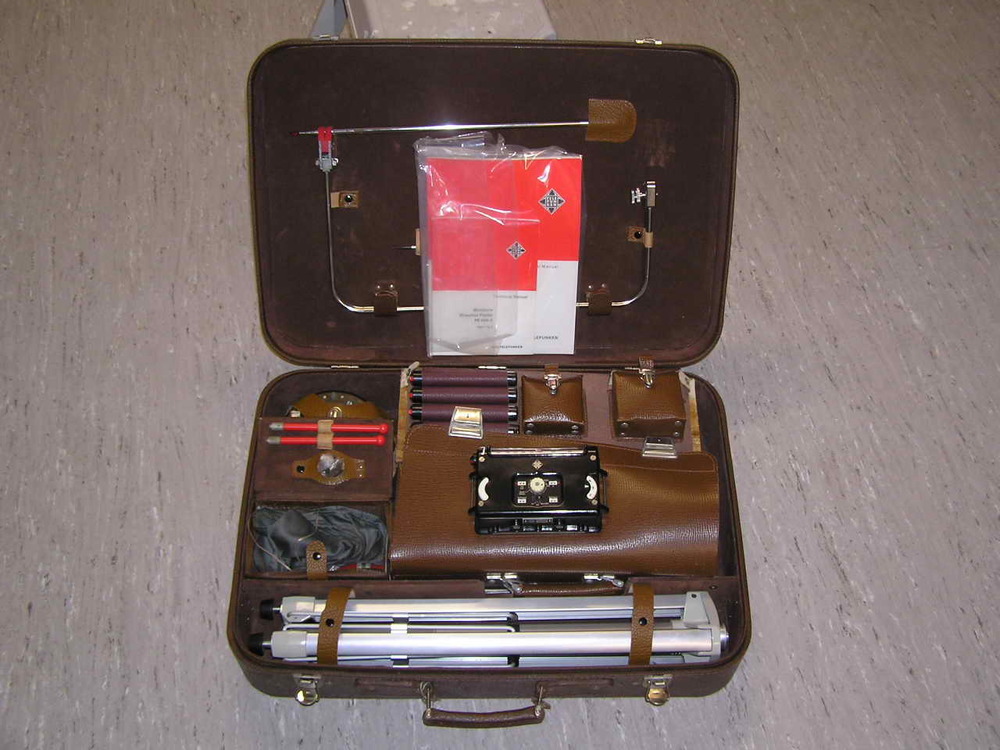 |
Ein Peiler ist ein Empfänger, mit dem man zusammen mit einer richtungsabhängigen Antenne, die geographische Richtung zu einem abgehörten Signal feststellen (peilen) kann. Hauptsächlich Funkfrequenz-Überwachungsbehörden benutzen Peiler um Störquellen, Schwarzfunker, Agenten oder legale Sender, die nicht richtig funktionieren, zu peilen. Wenn man das gesuchte Signal gleichzeitig auch von einem zweiten Ort peilt, kann man den Ort des Senders durch Eintragung beider Richtungen in eine Karte ermitteln (Schnittpunkt). |
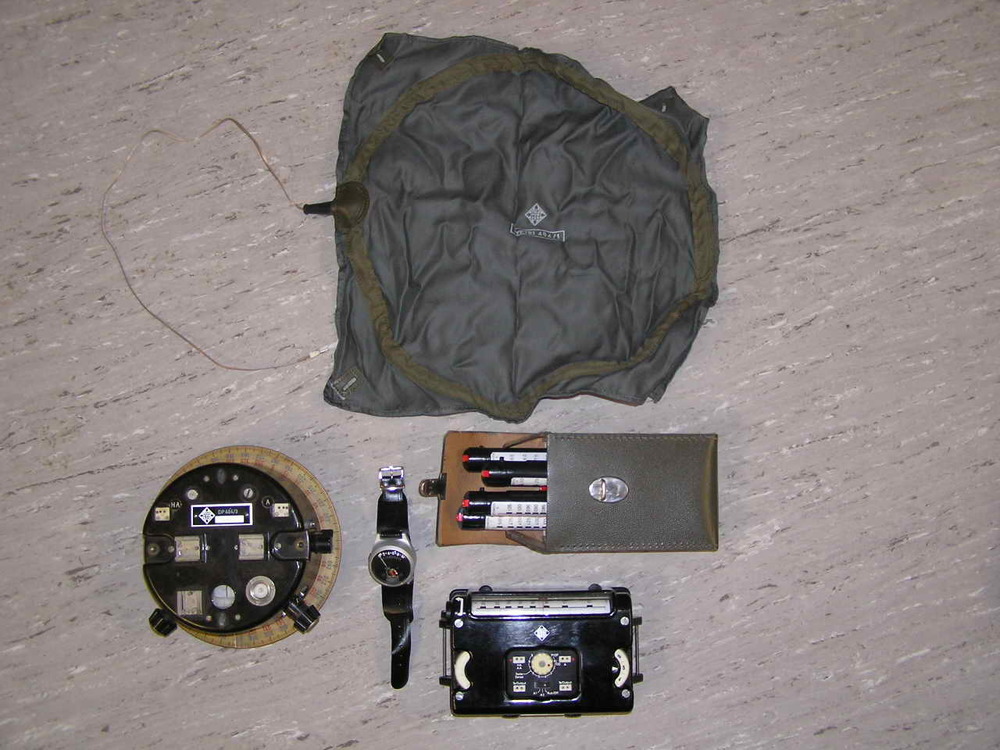 |
Ein Taschenpeiler ist ein handliches Gerät um zu Fuß und vor allen Dingen unauffällig peilen zu können (natürlich mit reduzierter Genauigkeit). Z.B. um ein Agentennest auszuheben. |
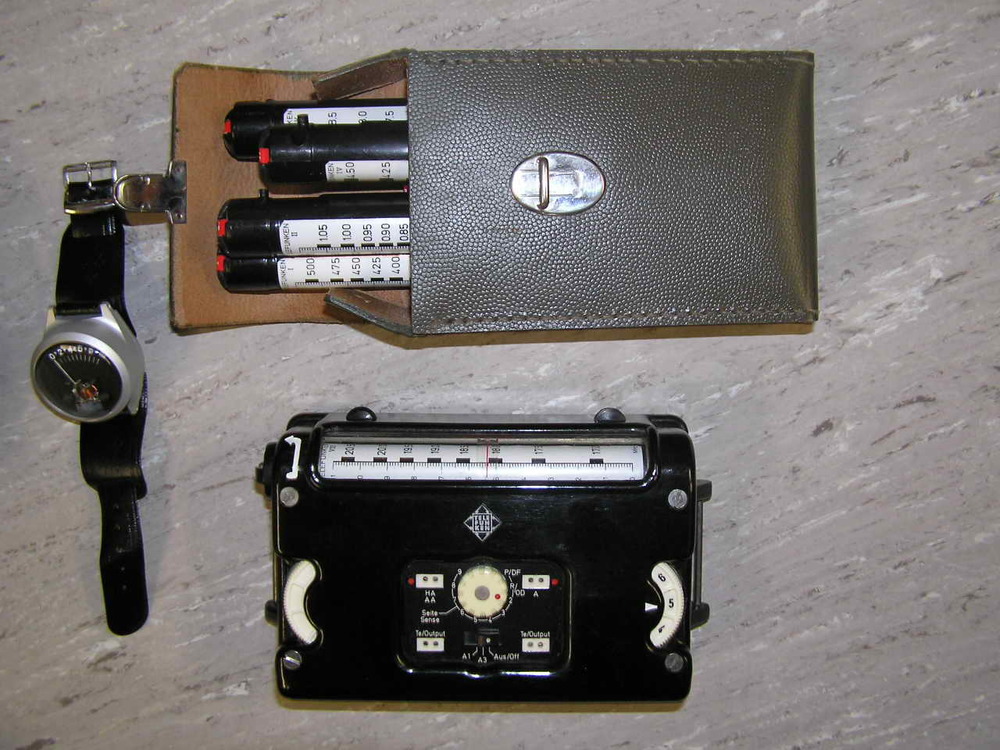 |
Aus der Originalbeschreibung (Englisch): "Miniature direction finder PE 484 is suitable for direction finding and omnidirectional reception in the frequency range from 233 kHz to 30.1 MHz. Compact design and low weights enable you to use the unit either stationarily or as a portable. Moreover, it may also be used out in the open or under cover as a DF receiver for locating the position of an unknown station, for direction and location determination both in the field and on small boats in the range of the direct rays.[...] " |
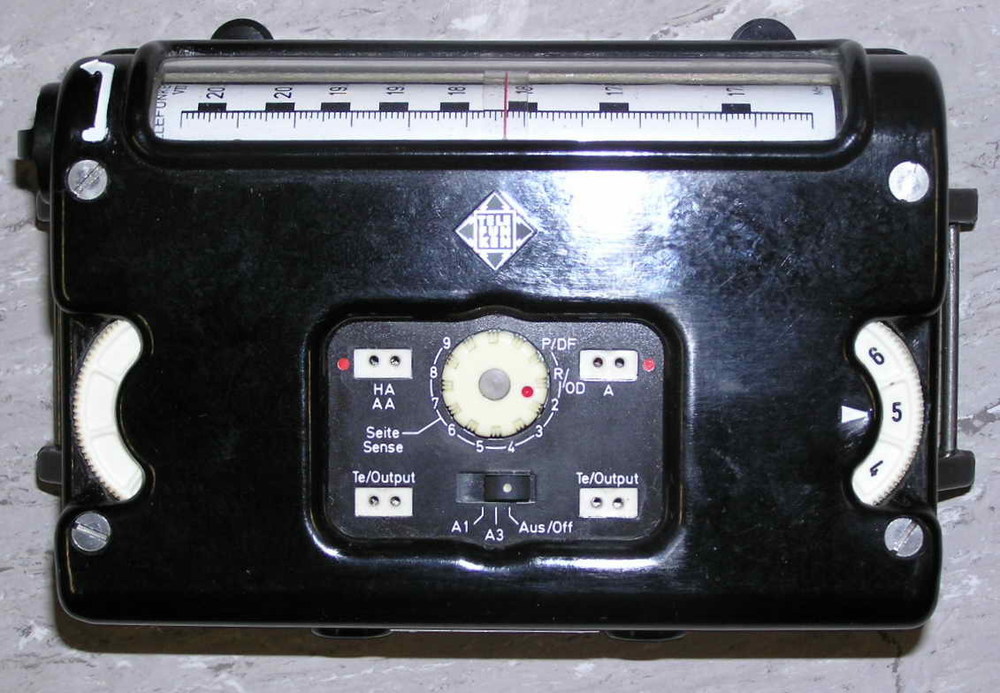 |
"General Description: Unit PE 484 is of a compact type. The case is made of impact-resistant plastics. A die-castaluminium supporting frame which is fastened in the case by 4 screws from the outside carries all the mechanical and electric components. You can exchange the coil cartridges which you plug into the supporting frame from outside to suit the individual frequency range. A calibrated frequency scale is attached to each of the coil cartridges. The coil cartridges you do not need are kept in a coil case (Fig. 9) or in a leather transport case (Fig. 15) of the set of equipment."
|
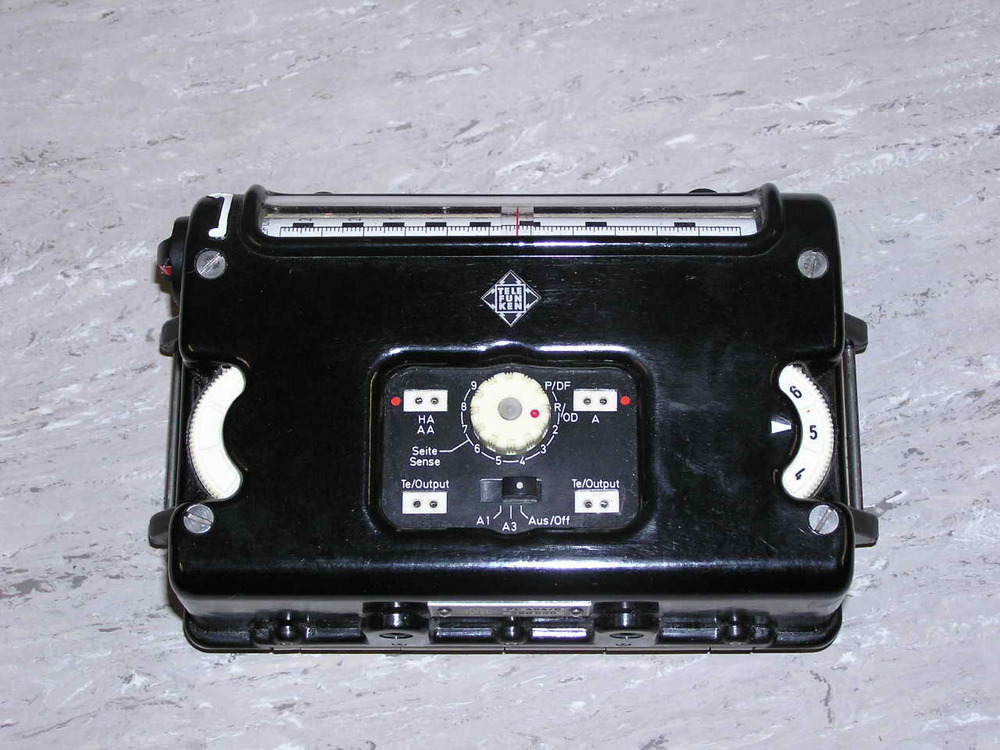 |
"On top of the unit there are two marks - broad and notch - for optical sighting of a target in the DF direction. underneath the case there are two screw sockets to fasten a clip-on adaptor when the DF receiver is required to be fastened to the rotatable head. You pull the coil case belt through the slots at the side of the case so that you can carry the DF unit on your body if necessary. To open the case cover, undo the 2 top screws and the back. The screws are of the captive type" |
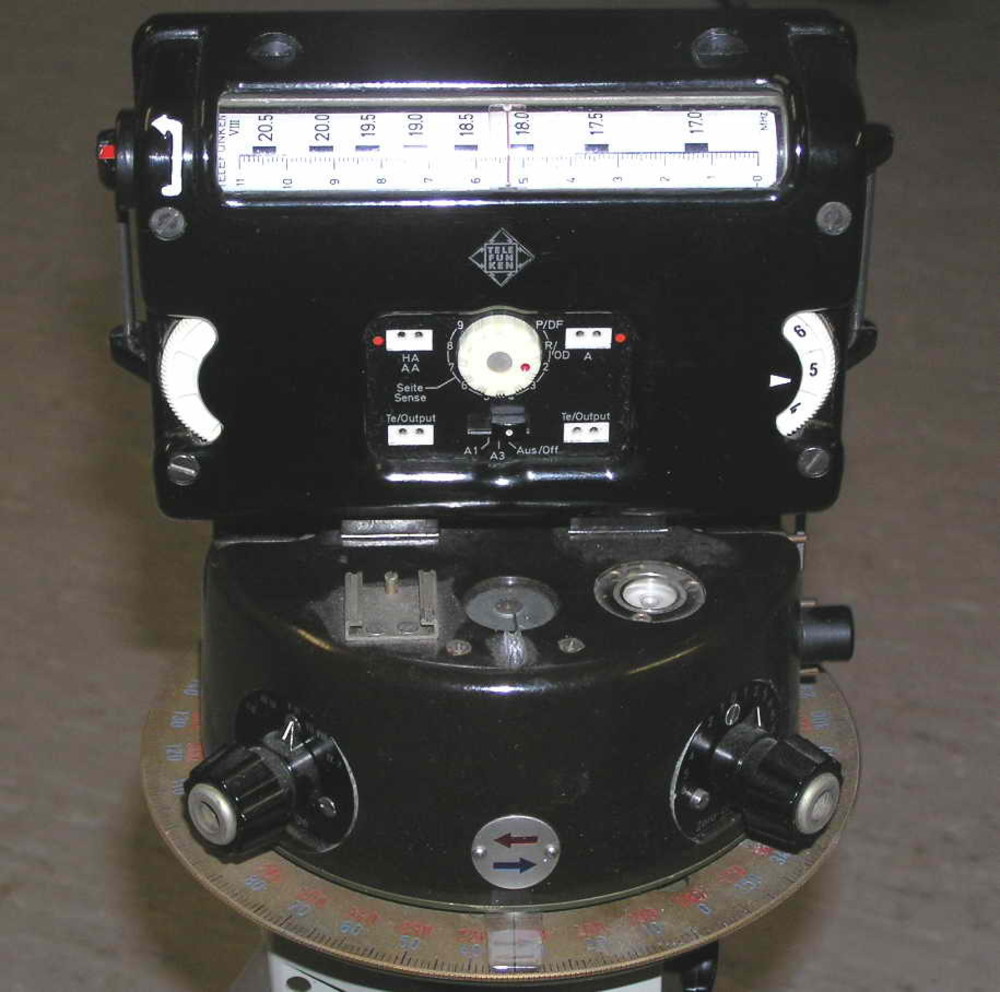 |
"The DF receiver has a built-in DF antenna consisting of two shunt-connected ferrite rods with windings. Consequently you can use it directly as a direction finder when the field strength of the station observed is strong enough at the DF site for determining the direction. Should that not be the case, you can connect a flexible DF loop antenna (Fig. 5) to the DF unit, the DF sensitivity increases by approx 9 dB. When you connect up the outer loop autenna, you disconnect the built-in ferrite antenna via a switch actuated by the plug pins of the antenna plug." |
Exponat gestiftet von Fa. Hensoldt, 2019.
